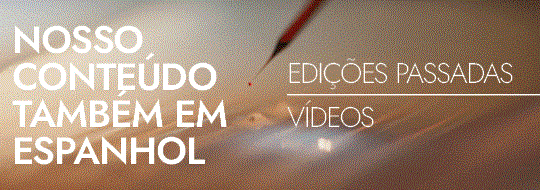To make accessible to the state and municipal public primary and secondary schools the knowledge acquired through the general inventory of plants in the state, in the thematic project Phanerogamic Flora of the State of São Paulo; to integrate researchers from the areas of Education and Botany; to provide institutions and schools with suitable equipment for the teaching of Botany; to train human resources and to assess the methodology for teaching. These were the objectives of the research project coordinated by Luiza Sumiko Kinoshita, from Unicamp's Institute of Biology.
Kicked off in July 1998, it is at the final stage (and expected finish in October), and has already won national and international publicity. Carried out in four cities – Santos, São Paulo, Campinas and São Carlos (one school each) – the project has had the support of FAPESP, and has counted on partnerships with Unicamp, the Institute of Agronomy of Campinas (IAC), the Federal University of São Carlos (UFSCar), the Institute of Botany of São Paulo, the city hall of São Paulo and the Monte Serrat University Center of Santos (Unimonte).
“The teaching of botany was very precarious and undervalued as a part of biology. Besides the lack of infrastructure, we noticed that the teachers in the primary and secondary schools had difficulty of access to research in the area and to well designed didactic books”, says Luiza. “Many of them were working with the practice of certainty, without any questioning or stimulating their pupils to take an active part, and in a way that was totally independent of other disciplines.”
During the whole period of the project, talks and weekend trips showed what the practical work of the botanist is like, and they qualified the 45 teachers involved. Under the guidance of the researchers, these teachers prepared studies of the environment with their pupils, starting with the surroundings of each school. They learnt in their own reality to look, observe, collect and prepare material ( pressing and preserving) and built their own herbaria.
From then on, some interesting work came up, says Luiza Kinoshita. In the area of the arts, for example, the pupils were able to record the origin of the plants and to retrace the path that took them to Brazil, relating to geography. The same material was put to good use in Portuguese lessons, in writing poems and haikus on the plants under study. And, thereafter, students and teachers traveled to forests in their regions, where they learned to observe the signs of life (animal tracks and droppings) and the right way of gathering samples of local plants.
The interdisciplinary characteristics of the project made it possible for a school in São Carlos to draw up a study of the Cerrado ( Wooded savanna), coupled with the impact of the occupation of the state of São Paulo. The focus was on devastation (progress versus the native forest),the coffee cycle, and the current reality of the vegetation. The visits to partner institutions also provided for some important activities. In Campinas, after going to the IAC, the pupils built a tank for aquatic plants – they studied measures for their preservation, but they expanded the focus of their research in order to the control the larva of the mosquito that causes dengue, with the use of fish.
Republish